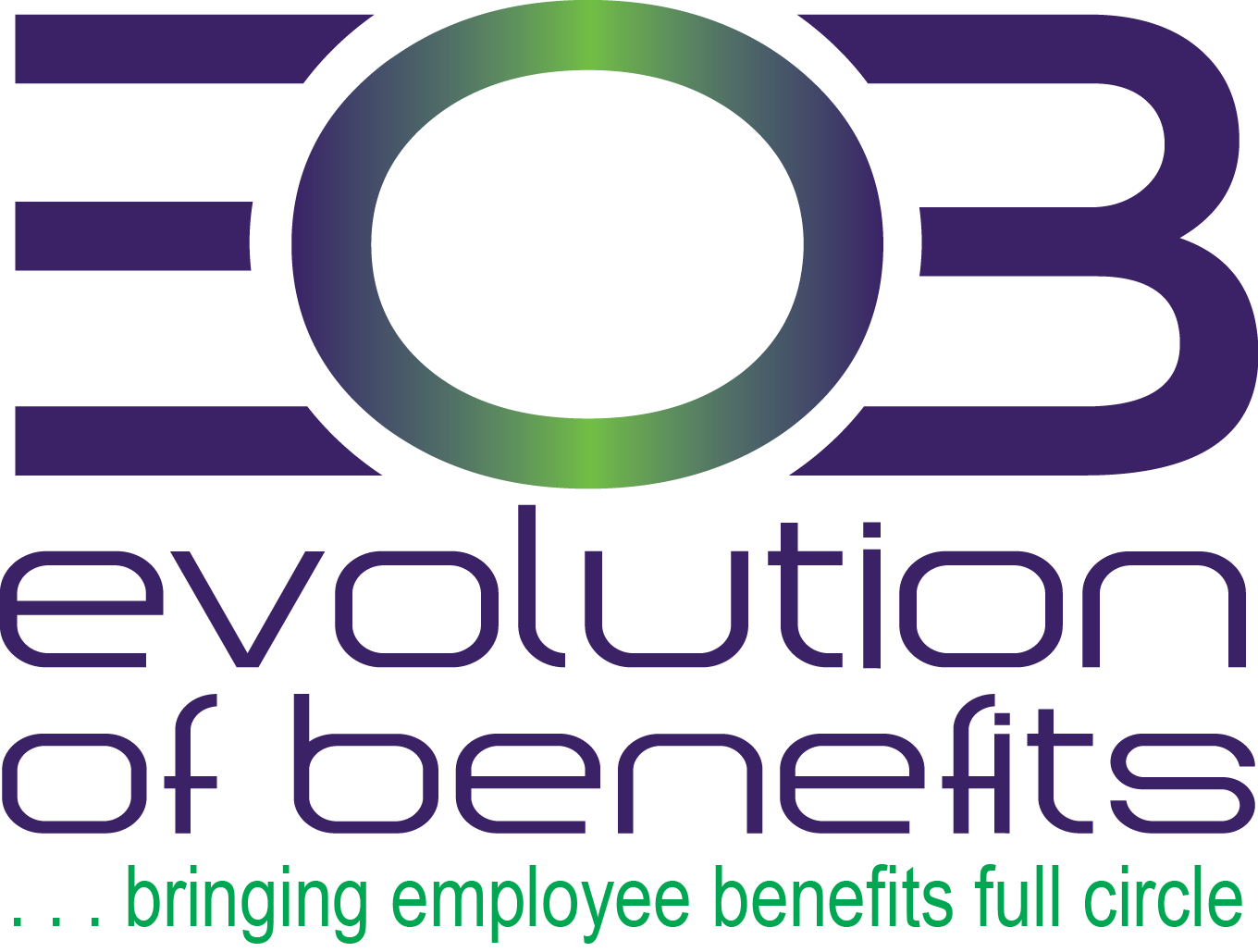Compliance Bulletin – Deadline for Submitting Gag Clause Attestation Is Dec. 31, 2024

Effective in 2020, the Consolidated Appropriations Act, 2021 (CAA) prohibits health plans and health insurance issuers from entering into contracts with health care providers, third-party administrators (TPAs) or other service providers that contain gag clauses (i.e., clauses restricting the plan or issuer from providing, accessing or sharing certain information about provider price and quality and de-identified claims).
Plans and issuers must annually submit an attestation of compliance with the CAA’s gag clause prohibition to the Departments of Labor, Health and Human Services, and the Treasury (Departments). The first attestation was due on Dec. 31, 2023. The next attestation is due Dec. 31, 2024, covering the period since the last attestation.
Legal Update: IRS Expands List for Preventive Care Benefits for HDHPs

On Oct. 17, 2024, the IRS issued Notice 2024-75 (the Notice) to expand the list of preventive care benefits permitted to be provided by a high deductible health plan (HDHP) without a deductible (or with a deductible below the minimum deductible) to include:
- Over-the-counter (OTC) oral contraceptives, including OTC birth control pills and emergency contraceptives, for individuals potentially capable of becoming pregnant, regardless of whether they are purchased with a prescription; and
- Male condoms, regardless of whether they are purchased with a prescription and regardless of the gender of the individual covered by the HDHP who purchases them.
Legal Update: Oct. 15 Deadline Approaching for Part D Notices and Form 550 Extensions

As a reminder, the deadline to distribute Part D notices and the extended Form 5500 filing deadline for calendar year plans is Oct. 15, 2024. This deadline applies to employers with group health plans that provide prescription drug coverage and those with calendar year employee benefit plans that previously requested an extension of time to file their Form 5500, respectively.
In the Loop – October

Report Finds Weight Lose Drugs Key Driver of 2025 Health Care Cost Increase
A recent Business Group on Health (BGH) survey found that heightened interest and spending on glucagon-like peptide-1 (GLP-1) drugs is a major driver of rising health care costs in 2025. The medications were traditionally used to treat diabetes but are now in demand for weight loss.
White House Announces Results of Medicare Drug Price Negotiations
Recently, the Department of Health and Human Services (HHS) reached agreements with top drugmakers to lower prices for the first 10 drugs subject to Medicare price negotiations. After months of negotiation beginning last October, the agreed-upon drug discounts range between 38% and 79%. The new pricing for Medicare Part D enrollees goes into effect on Jan. 1, 2026.
Legal Update: EEOC Releases 2024 Litigation Data, Showing a Decrease in Lawsuits

On Oct. 9, 2024, the U.S. Equal Employment Opportunity Commission (EEOC) released litigation data for fiscal year (FY) 2024, which covers Oct. 1, 2023,through Sept. 30, 2024. The data shows an overall decrease in litigation;however, of the lawsuits filed, the EEOC focused on emerging issues, such as pregnancy discrimination, and advancing the rights of underserved and vulnerable workers
Compliance Bulletin – Educational Assistance Programs Can Help Pay Student Loans Through 2025

The IRS is reminding employers who offer educational assistance programs that they can also use them to help pay for their employees’ student loans. Though educational assistance programs have been available for many years, the option to use them to pay for student loans has only been available for payments made after March 27, 2020. Under current law, this student loan provision is set to expire Dec. 31, 2025.
In most cases, educational benefits are excluded from federal income tax withholding, Social Security tax, Medicare tax and federal employment (or FUTA) tax. By law, tax-free benefits under an educational assistance program are limited to $5,250 per employee per year, and assistance provided above this level is typically taxable as wages.
Legal Update: CMS Releases Cost-Sharing Limits for 2026 Plan Years

On Oct. 8, 2024, the Centers for Medicare and Medicaid Services (CMS) released the maximum limits on cost sharing for 2026 under the Affordable Care Act(ACA). For 2026, the maximum annual limitation on cost sharing is $10,150 for self-only coverage and $20,300 for family coverage. This represents an approximately 10.3% increase from the 2025 limits of $9,200 for self-only coverage and $18,400 for family coverage.
News Brief: Report Finds That Commuter Benefits May Help Employees Return to Office

A recent report by transit benefit vendor Jawnt found that commuter benefits may help encourage employees to return to theoffice. With more employers pushing for in-person work, many organizations are struggling to motivate their staff.
The study, which surveyed over 400 HR professionals, revealed how these benefits might impact return-to-office (RTO) initiatives. As companies continue to navigate the challenges of post-COVID-19-pandemic work arrangements, incentives such as commuter benefits could prove to be a valuable tool.
“The only way to offer a best-in-class commuter benefits experience is to genuinely understand our users—not just assume their needs.”
-Jeff Stade, CEO and co-founder of Jawnt
Compliance Overview – What Employers Should Know About Seasonal Employment

Many organizations rely on seasonal workers to supplement their regular workforce during peak times. This often occurs during busy seasons or holidays, as there’s an influx of business activity. While similarities exist, there are important differences between seasonal and regular employment. Due to these differences, hiring and reliance on seasonal workers can present significant and unexpected challenges for employers.
HR Brief – USCIS Extends Form I-9 Expiration Date (October)

Recently, the U.S. Citizenship and Immigration Services (USCIS) announced that it updated its Employment Eligibility Verification form, also known as Form I-9, to extend the form’s expiration date from July 31, 2026, to May 31, 2027.
Employers must use the Form I-9 dated “08/01/2023,” which may have an expiration date of either “07/31/2026” or“05/31/2027.” Employers may use either form until its respective expiration date. However, the USCIS’ website will only include the Form I-9 with the new “05/31/2027” expiration date for downloading.




















